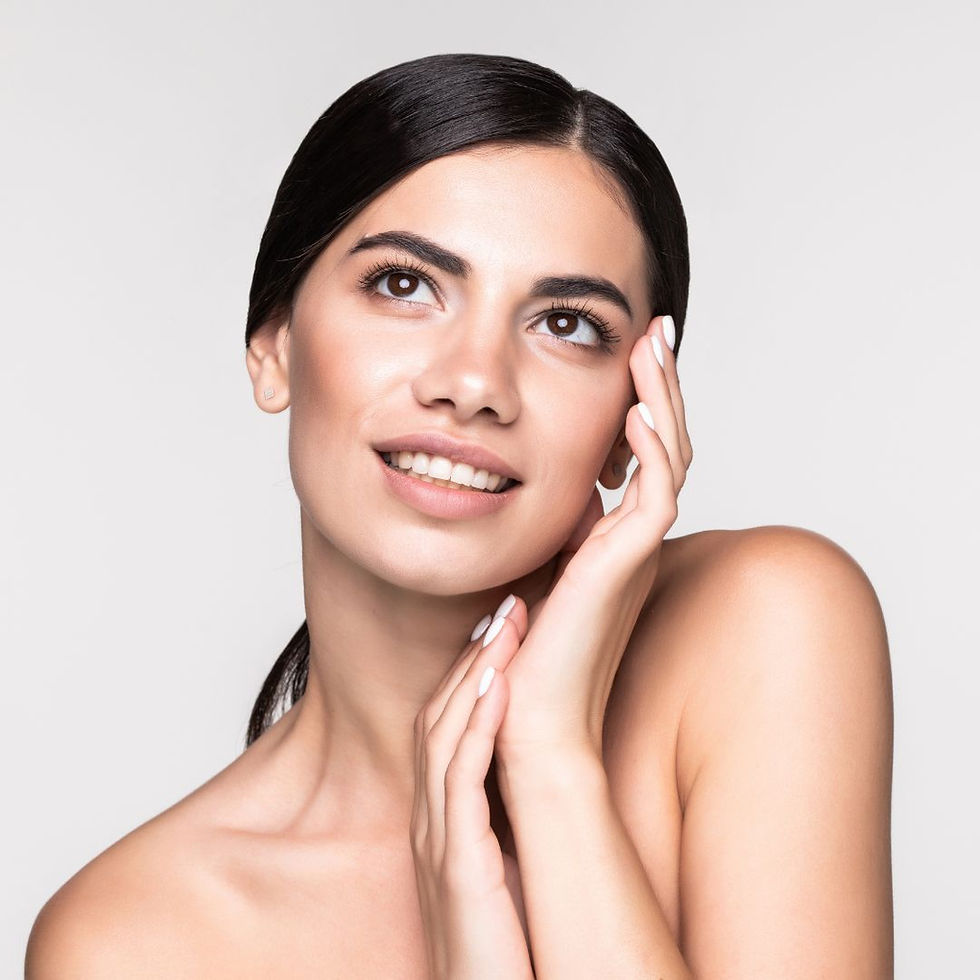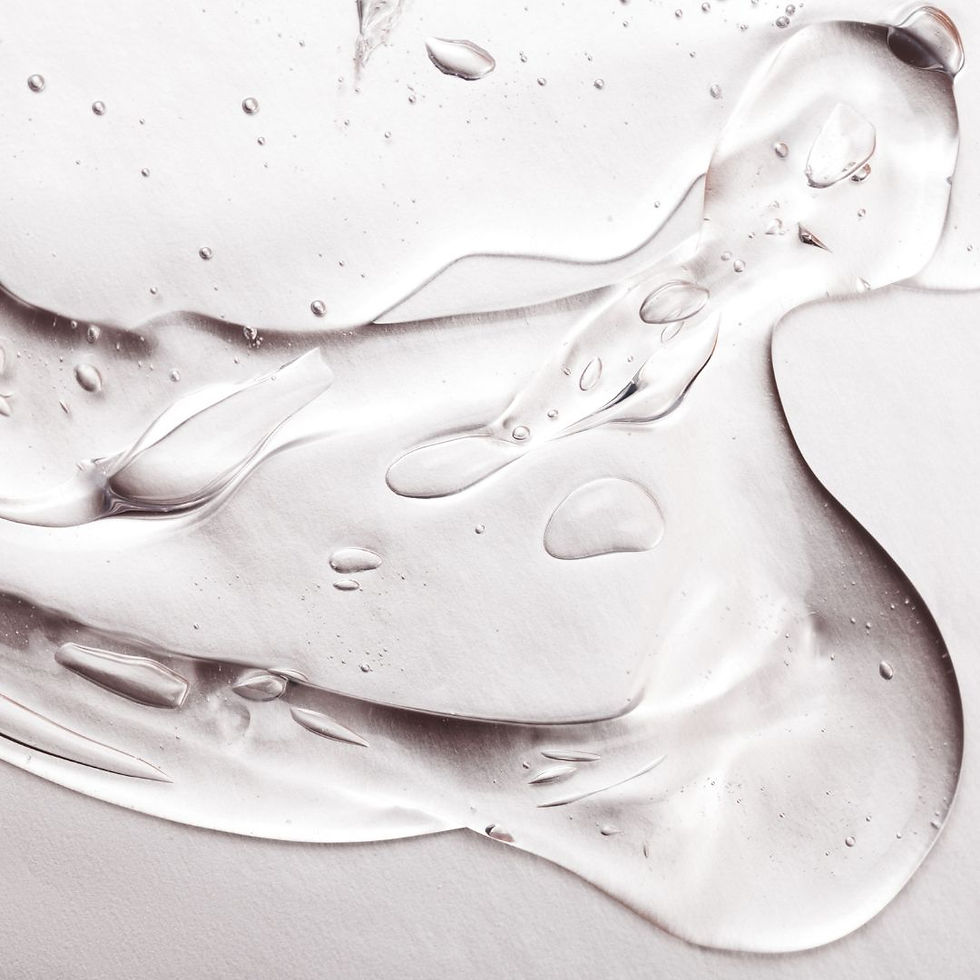Alpha Hydroxy Acid (AHA) vs Beta Hydroxy Acid (BHA): The A-Z of Skincare Acids
- kathywalton
- Aug 17, 2023
- 3 min read
Updated: Sep 20, 2023

If you've ever delved into the world of skincare, chances are you've come across the terms Alpha Hydroxy Acid (AHA) and Beta Hydroxy Acid (BHA). These powerful ingredients have revolutionized the way we approach skin health. But what exactly are they, and how do they differ? Let's demystify these skincare superheroes and learn more about Alpha Hydroxy Acid (AHA) vs. Beta Hydroxy Acid (BHA): The A-Z of Skincare Acids.

Alpha Hydroxy Acid (AHA) vs. Beta Hydroxy Acid (BHA)
Alpha Hydroxy Acids (AHA)
AHAs are a group of water-soluble acids derived from fruits, nuts, milk, or sugar cane. They're like the fairy godmothers of skincare, working their magic by gently exfoliating the skin's surface, sweeping away dead skin cells, and revealing a brighter, smoother complexion underneath.
The secret to their effectiveness lies in their small molecular sizes, which allow them to penetrate the uppermost layers of the skin effectively. With regular use, AHAs can improve uneven skin tone, reduce the appearance of fine lines and wrinkles, and enhance skin texture.
They also have the ability to stimulate collagen production, promoting a more youthful and plump appearance. AHAs can be beneficial for most skin types, especially those with dry or sun-damaged skin.
But remember, every fairy tale has its cautionary tale. AHAs can increase the skin's sensitivity to the sun, so it's crucial to use sunscreen diligently when using products with these acids.
Common Types of AHAs
Glycolic Acid: Derived from sugar cane, glycolic acid is one of the most commonly used AHAs in skincare due to its small molecular size, allowing it to penetrate the skin deeply and easily.
Lactic Acid: This gentle AHA, derived from milk, is suitable for sensitive skin types.
Mandelic Acid: Derived from bitter almonds, this AHA has a larger molecular size, making it less irritating and more suitable for sensitive skin.
Malic Acid: Found in apples and pears, malic acid is often used in combination with other AHAs.
Citric Acid: Derived from citrus fruits, citric acid is also used as a pH adjuster in skincare products.

Beta Hydroxy Acid (BHA)
Unlike their AHA cousins, BHAs are oil-soluble, which allows them to dive deeper into the pores and wage war against acne and oily skin. The most commonly used BHA is salicylic acid.
BHAs exfoliate not only the surface of the skin but also inside the pores, helping to unclog them and prevent breakouts. They also have anti-inflammatory properties, reducing redness and inflammation associated with acne.
Moreover, BHAs can help regulate sebum production, making them suitable for people with oily or combination skin. Like AHAs, BHA can increase sun sensitivity, so sun protection is crucial.
Common Types of BHAs
Salicylic Acid: The most common BHA, salicylic acid is oil-soluble, enabling it to penetrate into the pores of the skin. It's particularly effective at treating acne and blackheads.
Betaine Salicylate: This is a gentler alternative to salicylic acid, often found in Korean skincare products.
Tropic Acid: This BHA is less common and is usually used in professional chemical peels.









Comments